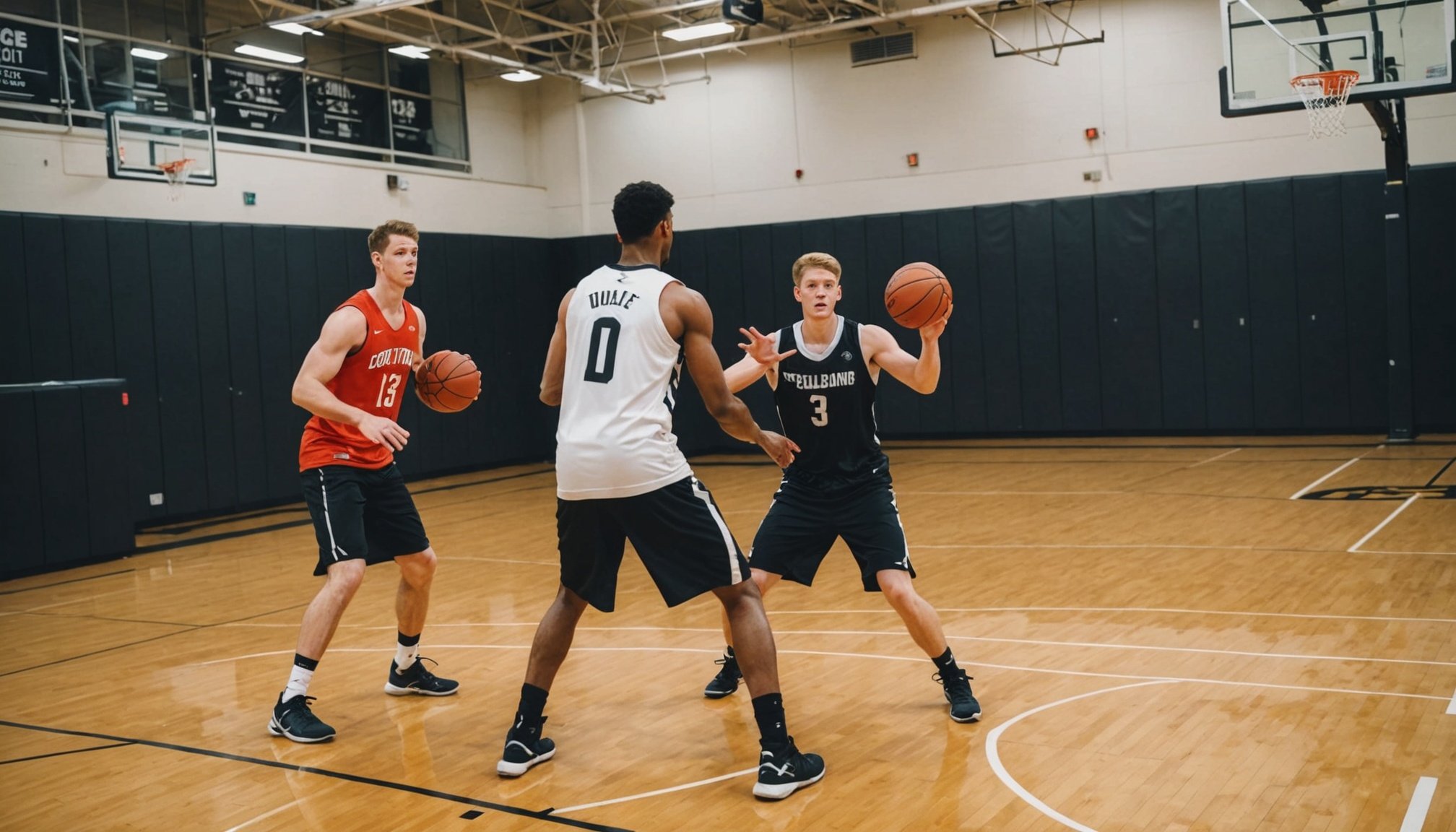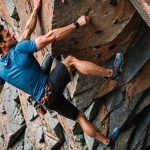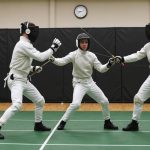Overview of One-on-One Isolation Defense
One-on-one isolation defense is a vital component in basketball that sharpens individual defensive skills and contributes to overall team strategy. Mastery of isolation defense can inhibit opponents from executing their offensive plays, thus tipping the scales in a team’s favor.
Importance of One-on-One Defense in Basketball
Isolation defense drills are integral because they teach players to maintain defensive integrity against a single opponent. This ability not only defends against scoring but also sets the foundation for team schemes.
This might interest you : Comprehensive player wellbeing blueprint: essential strategies for football clubs
Key Defensive Concepts and Terminology
Understanding terms such as “stance” and “closeout” is essential. In basketball defense techniques, maintaining a low defensive stance enhances agility, while effective closeouts prevent shot opportunities. Knowing these concepts aids in seamless transitions between defense and attack.
Skills Required for Effective Isolation Defense
Isolation defense demands a unique set of skills including agility, quick foot movements, and keen anticipation of the opponent’s moves. Practising isolation defense drills helps players develop reflexes and improve their defensive positioning. These skills are not only important for guarding direct opponents but also for achieving a cohesive team defense strategy.
Recommended Drills to Enhance Isolation Defense
Incorporating specific isolation defense drills into practice is essential for honing individual and team defensive skills. These drills provide structured environments to practice key techniques and strategies, fostering confidence on the court.
Drill One: Mirror Drill
The Mirror Drill focuses on improving defensive agility and anticipation by having each player mirror their partner’s movements. Objectives include enhancing lateral speed and maintaining defensive stance. Progressions might involve increasing the pace or introducing obstacles. Key coaching tips emphasize staying low and balanced, with quick lateral shifts to stay aligned with the opponent.
Drill Two: Closeout and Contest Drill
Aimed at effective shot prevention, the Closeout and Contest Drill refines closing distance to shooters and contesting shots while maintaining control. Starting with fundamental closeout steps, players progress to incorporating real-time decision-making. Coaches should stress timing and staying active without fouling—critical elements of basketball defense techniques.
Drill Three: Box-Out and Defend Drill
The Box-Out and Defend Drill focuses on controlling rebounds and defensive positioning. Initially, players practice boxing out with an emphasis on footwork and body placement. As players advance, they incorporate live rebound scenarios. Coaching tips ensure focus on maintaining a strong base and awareness of surrounding players during the box-out process.
Incorporating Isolation Defense Drills into Practice
Incorporating isolation defense drills into your basketball practice routines is crucial for developing defensive prowess. Structuring sessions effectively ensures skill development, balancing both offensive and defensive elements. By alternating these components, players can hone specific skills while understanding the synergy between offense and defense.
Structuring Practice Sessions
To maximize efficiency, coaches should allocate dedicated time slots for defensive techniques within practice sessions. This focused approach helps players refine discipline and adaptability. Begin with basic drills to establish a strong foundation, gradually building up to more complex strategies as players’ abilities increase.
Balancing Drills and Situational Awareness
Balancing offensive and defensive drills is essential. Defensive drills should not only improve individual skills but also foster situational awareness. Emphasizing the relationship between these elements during training practices allows players to understand when to apply particular techniques in real-game scenarios.
Importance of Situational Awareness
Developing situational awareness during basketball practice routines is vital for defensive success. This awareness enables players to anticipate opponents’ movements and adjust their stances or tactics accordingly. By integrating exercises that simulate real-game pressures, players improve their decision-making capabilities on the court, enhancing their overall defensive performance.
Benefits of Isolation Defense Drills
Implementing isolation defense drills provides significant benefits in developing athletic performance. These drills notably enhance key defensive skills, which are essential for any basketball player aiming to become proficient on the defensive front. Players cultivate sharper reflexes and a more intuitive understanding of defensive spacing.
Agility training is central to these drills, vastly improving the players’ reaction time on the court. By practising precise, deliberate movements, athletes learn to respond quickly and decisively to their opponent’s actions. This agility not only bolsters individual performance but also aids in creating a more dynamic and responsive team defense.
Moreover, consistent practice in isolation defense drills builds players’ confidence in defensive situations. By repetitively facing and overcoming one-on-one challenges, athletes start to trust their instincts and defensive skillsets. This self-assurance is crucial during high-pressure moments in a game, where maintaining poise can make all the difference.
The true value of these drills lies in their ability to integrate these elements into a cohesive defensive strategy. Players advance their proficiency in defending against skilled opponents, turning weaknesses into strengths and elevating overall team performance.
Expert Tips for Mastering Isolation Defense
Isolation defense can be complex, but mastering defensive techniques enhances your confidence. Below are impactful strategies to elevate your game.
Understanding Opponent’s Play Style
Understanding opponents’ play styles is crucial for a robust defense. Start by analysing their tendencies, such as favoured moves or shooting spots. In the SQuAD method, to effectively anticipate these movements, adapt your position to counteract specific offensive threats. Analytical adjustments should be dynamic, responding to live-game cues to keep pressure on the opponent.
Communication in Defense
Communication is the backbone of any solid defense strategy. Both verbal and non-verbal communication are essential in minimising defensive lapses. Use concise, clear calls to alert teammates to screens or potential switches. Non-verbal cues, like pointing or eye contact, ensure unified team movement, reducing the risk of miscommunication during tightly contested game situations.
Focus on Footwork and Body Positioning
Footwork and body positioning form the foundation of effective defense. Concentrate on keeping a wide, balanced stance with quick feet to shift laterally on demand. To enhance positioning, practice drills that simulate game conditions, focusing on maintaining an optimal stance. This prevents offensive players from gaining advantageous positions, thus enhancing your isolation defense proficiency.
Video Resources and Further Learning
In the realm of basketball, continuous learning is vital. Instructional videos serve as invaluable tools for visual learners, offering detailed breakdowns of isolation defense drills. These resources often feature experienced coaches demonstrating practical applications of drills like the Mirror Drill and Closeout and Contest Drill, making complex techniques more approachable.
Utilising expert coaching platforms enhances your understanding of defensive strategies. These platforms typically offer structured lessons, interactive sessions, and feedback mechanisms to improve your training practices. By engaging with these resources, you gain nuanced perspectives that might not be evident during standard practice sessions.
Additionally, embracing a mentality of continual learning and adaptation in defense is crucial. The dynamics of basketball are ever-evolving, with new techniques and strategies emerging. Staying updated with the latest in basketball defense techniques not only keeps you competitive but also broadens your tactical repertoire.
- Seek out video tutorials focused on specific drills
- Explore platforms offering live coaching sessions
- Regularly incorporate new tactics into practice routines
Remember, the mastery of isolation defense hinges on your dedication to learning and refining both individual and team skills.











